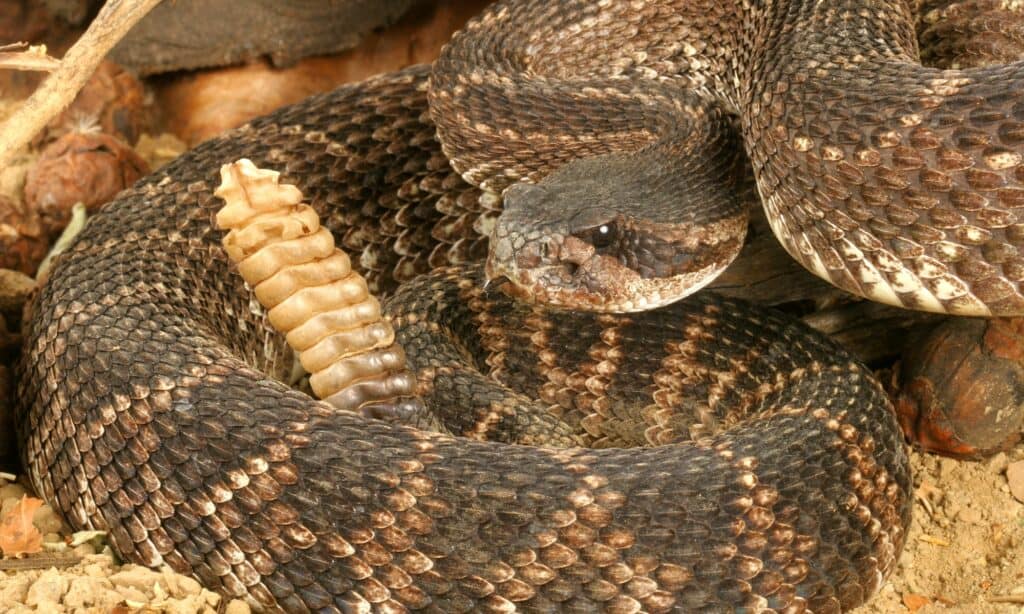Continue reading for our analysis...

There’s something about snakes that, for most people, strikes fear into their hearts when they come across them. Sure, there are snake lovers all around the world. But, for most of humanity, we dare say people fear snakes. We are fearful of their size, their ability to slither anywhere, and the way that some snake’s tails shake violently. Watch the video above and see how this snake rattle was almost like an earthquake when this guy touched it.
Southern Pacific Rattlesnake Sighting
The following YouTube short video posted at the top of this blog post is one of Brian Barczyk’s rattlesnakes. Brian’s YouTube page is filled with various animals, such as stingrays, lizards, anacondas, and sloths, to name a few. This guy is dedicated to sharing how animals are and how not to be afraid of them as so many people are. You might want to be slightly scared of this snake below.
Southern Pacific Rattlesnake Tail Rattling

The Southern Pacific rattlesnake is a venomous snake.
©iStock.com/johnaudrey
Many animals, like the Nile crocodile or the Chinese alligator, have been bestowed their names because of where they live. However, sometimes animals get their names because of their ability, such as the rattlesnake. Rattlesnakes are called that because their tails will shake so fast that it sounds like a child’s rattle toy.
As the video below starts, Brian pulls out one of his rattlesnakes. He is getting ready to show what it looks like and sounds when a rattlesnake starts to rattle. Brian begins by sharing that this is a Southern Pacific rattlesnake.
He refers to the end of the tail as “buttons” and then pokes it slightly with a stick, and the tail begins to rattle incredibly fast. We can not only see it moving back and forth, but we can hear the sound of a rattle.
Brian shares that this snake contains venom with hemotoxin and neurotoxin. He describes the hemotoxin as what rots the skin away. Neurotoxin is a neurological symptom we experience. He warns that you would not want to be struck by this predator!
Why Do Rattlesnakes Rattle?
Not every snake has this rattle found at the tip of its tail. But, for rattlesnakes, they do. The rattle is their defense mechanism, warning bell, and tactic used while hunting.
Rattlesnakes will use the rattle to warn off potential predators. The Missouri Department of Conservation adds, “By “caring off predators and large, blundering intruders, rattlesnakes conserve their energy and venom for catching food.”
Their rattle can also be used to distract the prey they are hunting. If the prey is so concerned about the tail, they won’t have time to respond once the snake decides to strike. Lucky for Brian in the video above, he knew how to handle these snakes, but even then, we have to admit he got pretty close!
Discover the "Monster" Snake 5X Bigger than an Anaconda
Every day A-Z Animals sends out some of the most incredible facts in the world from our free newsletter. Want to discover the 10 most beautiful snakes in the world, a "snake island" where you're never more than 3 feet from danger, or a "monster" snake 5X larger than an anaconda? Then sign up right now and you'll start receiving our daily newsletter absolutely free.
Thank you for reading! Have some feedback for us? Contact the AZ Animals editorial team.






